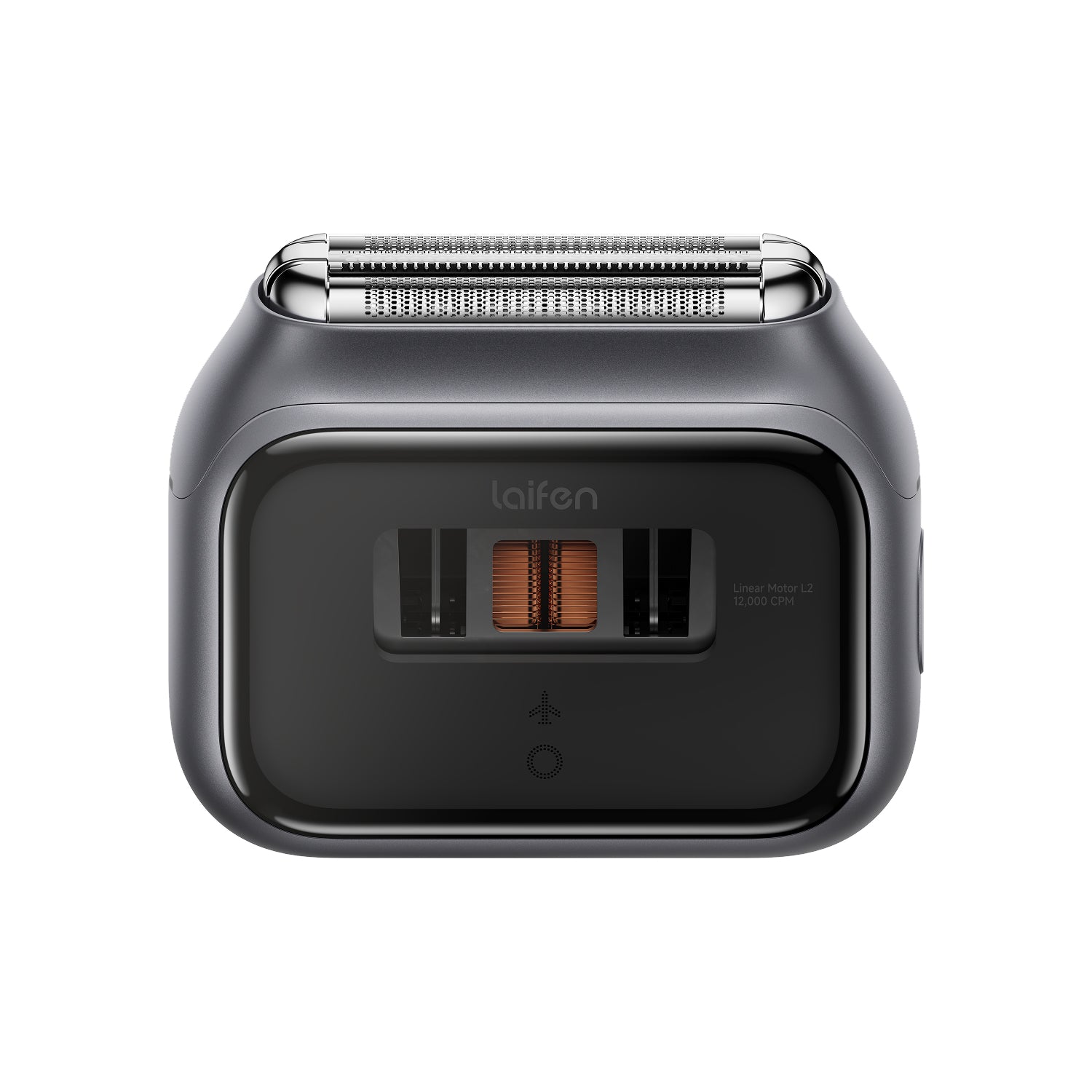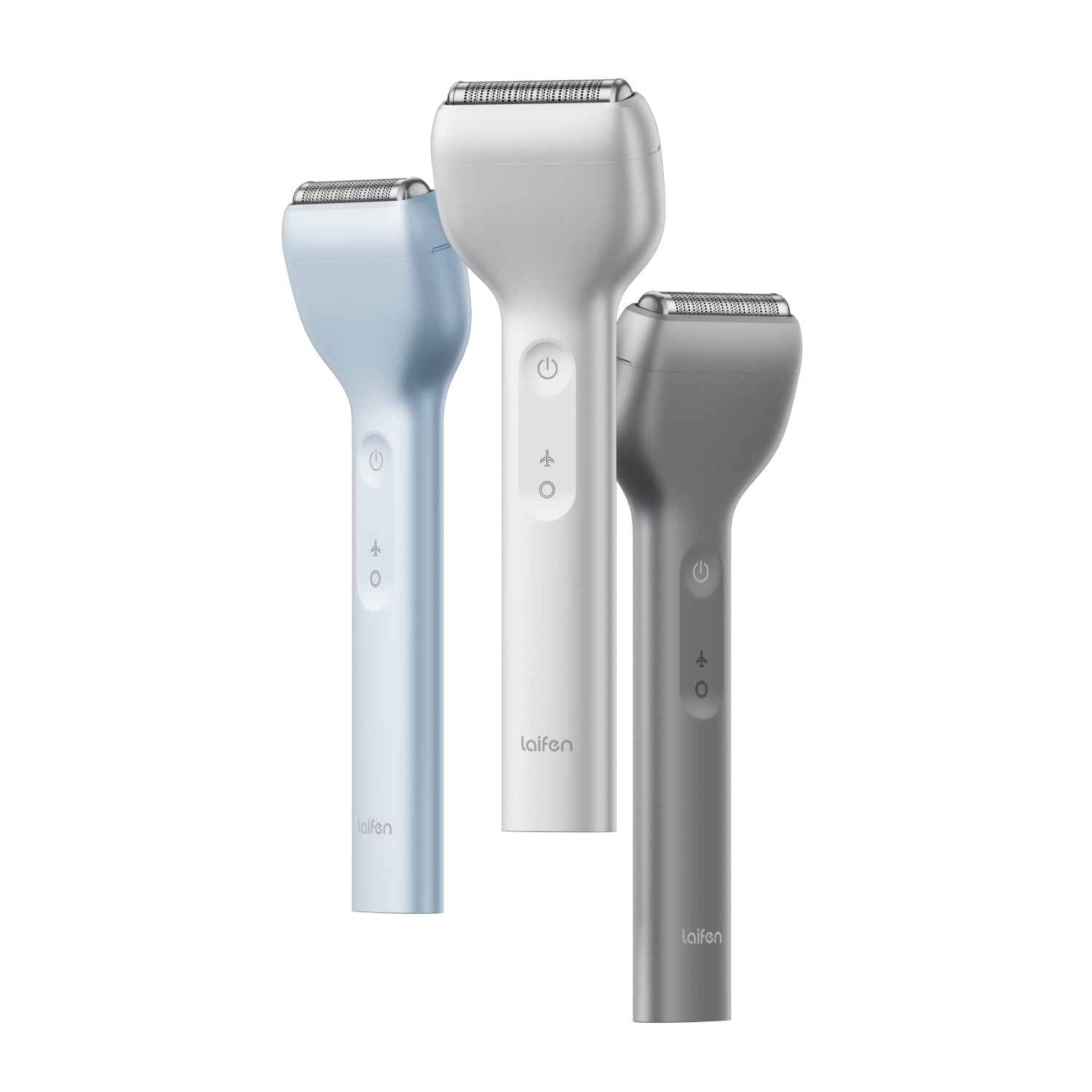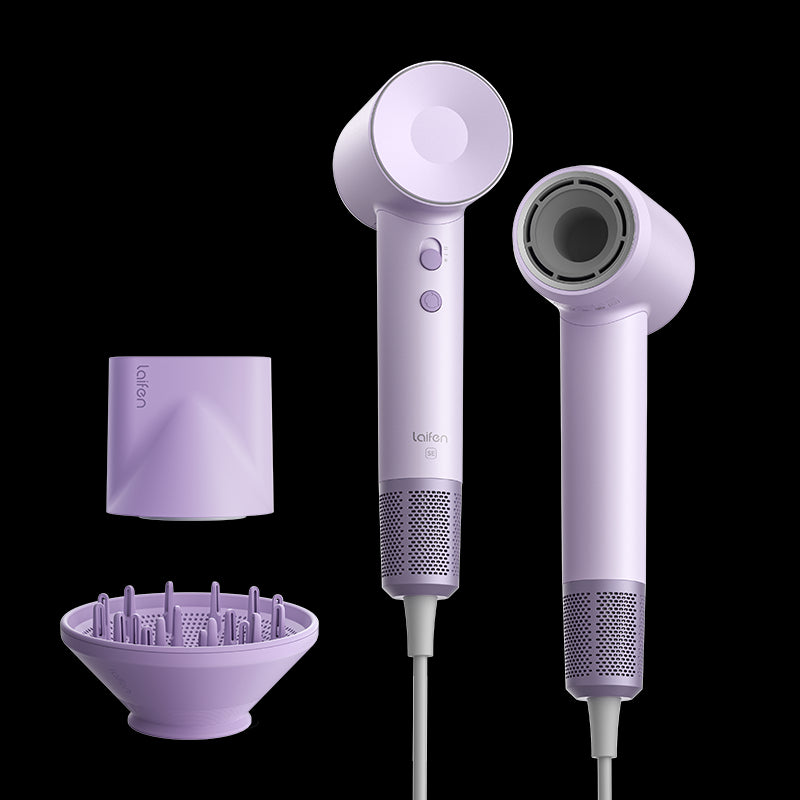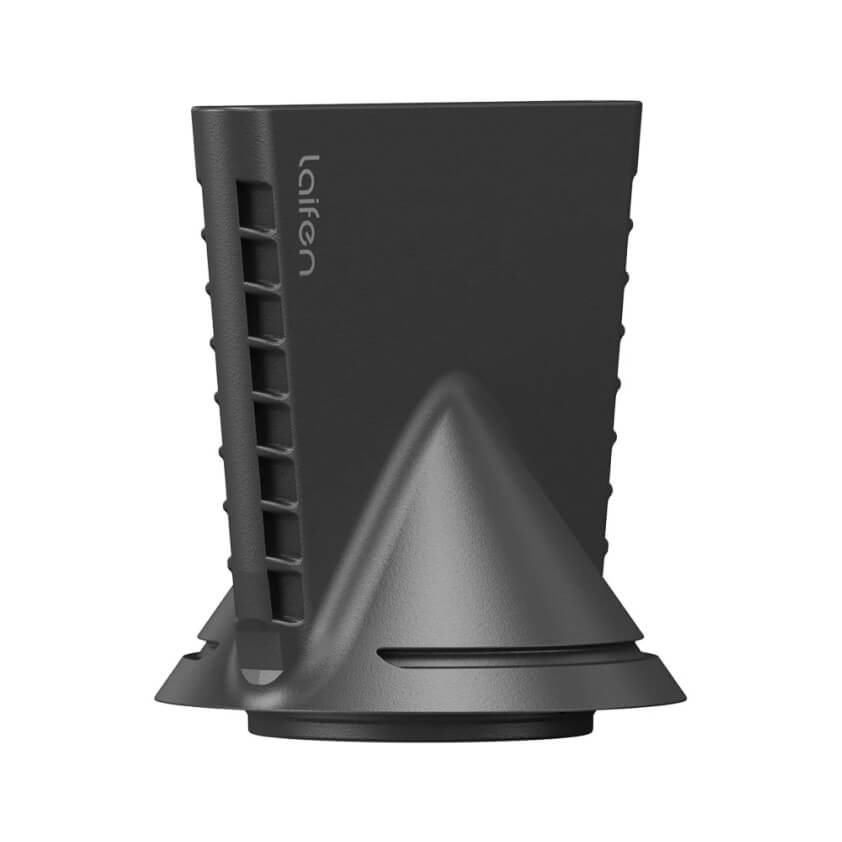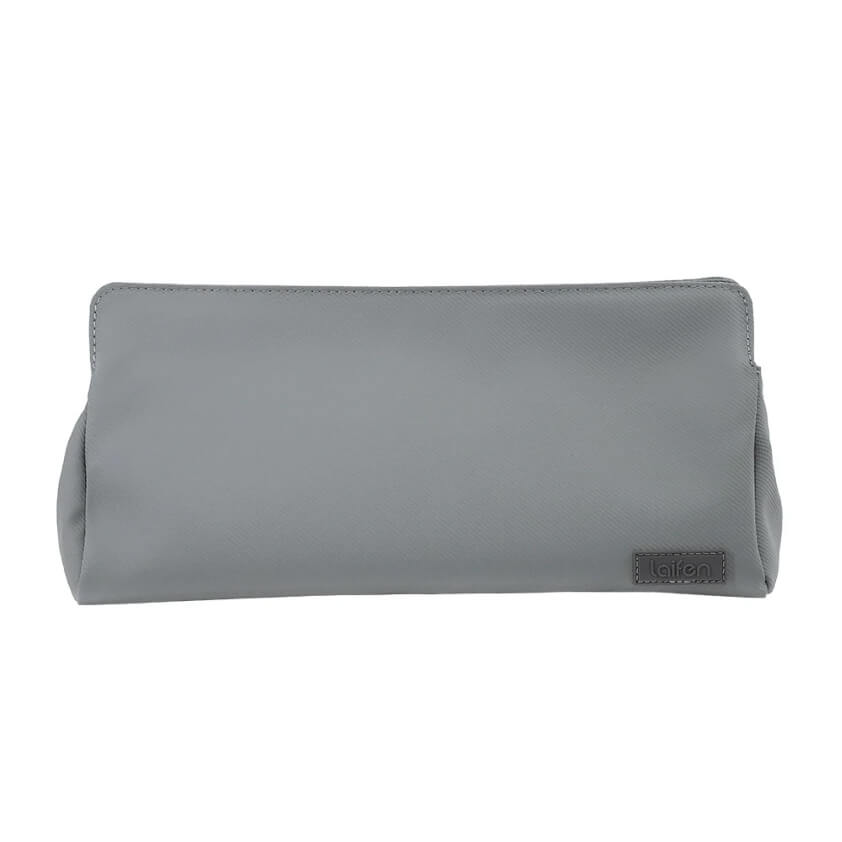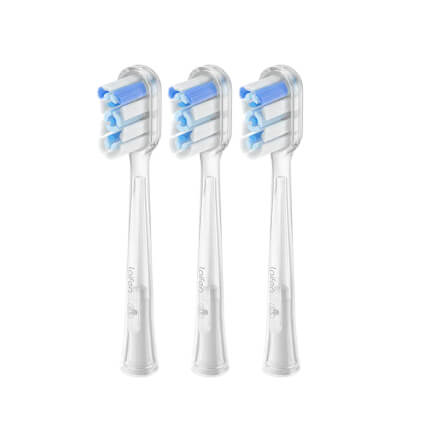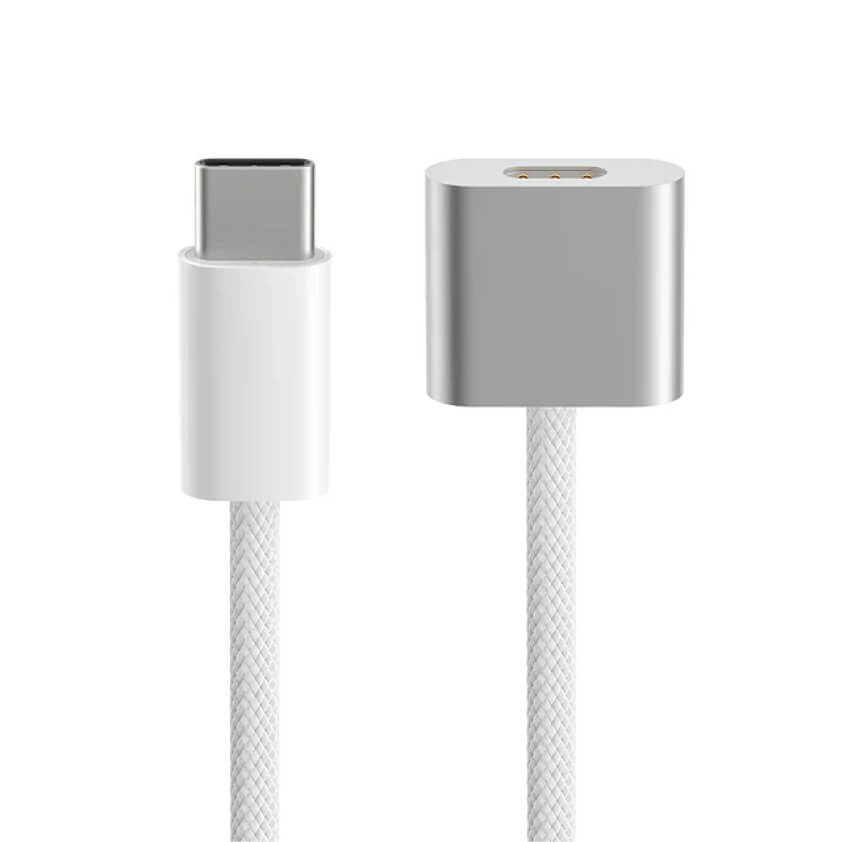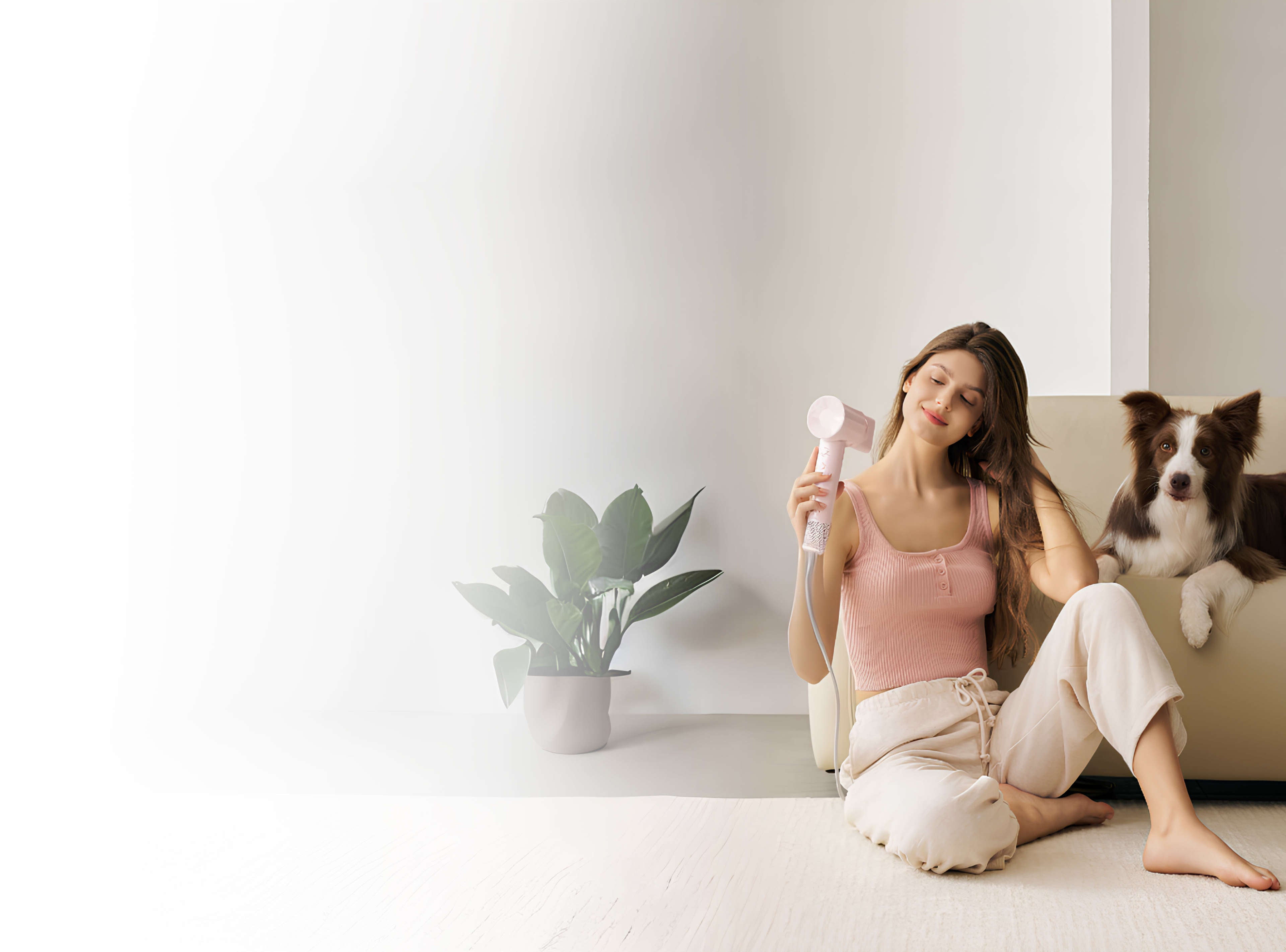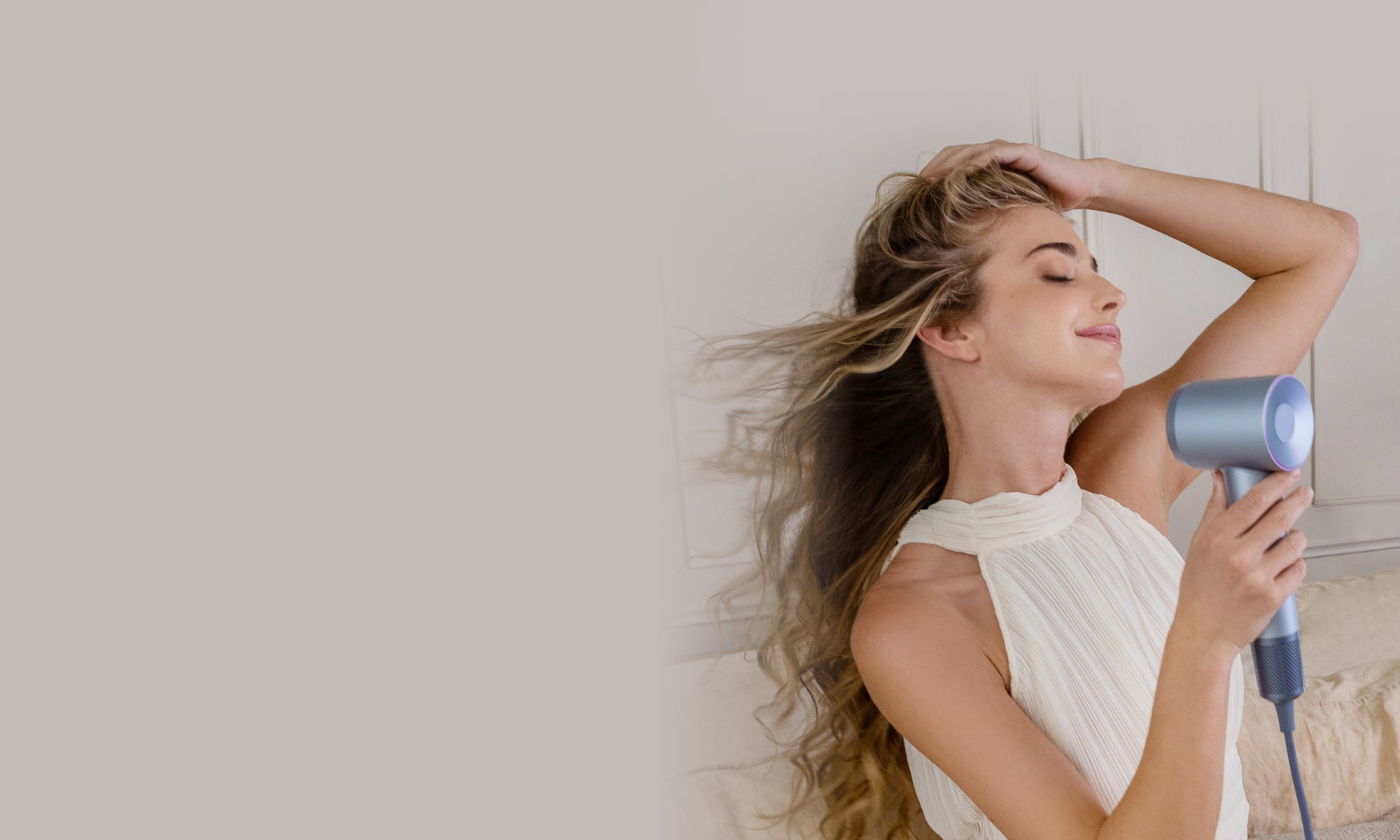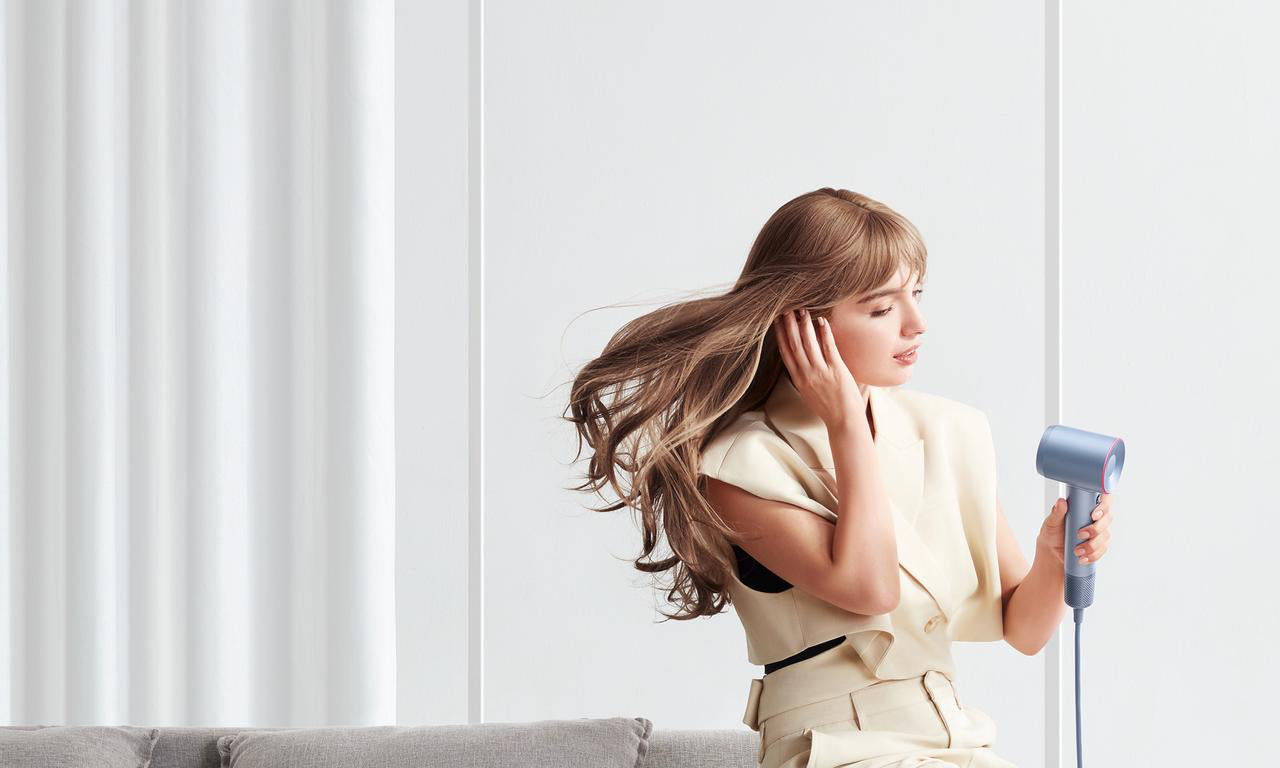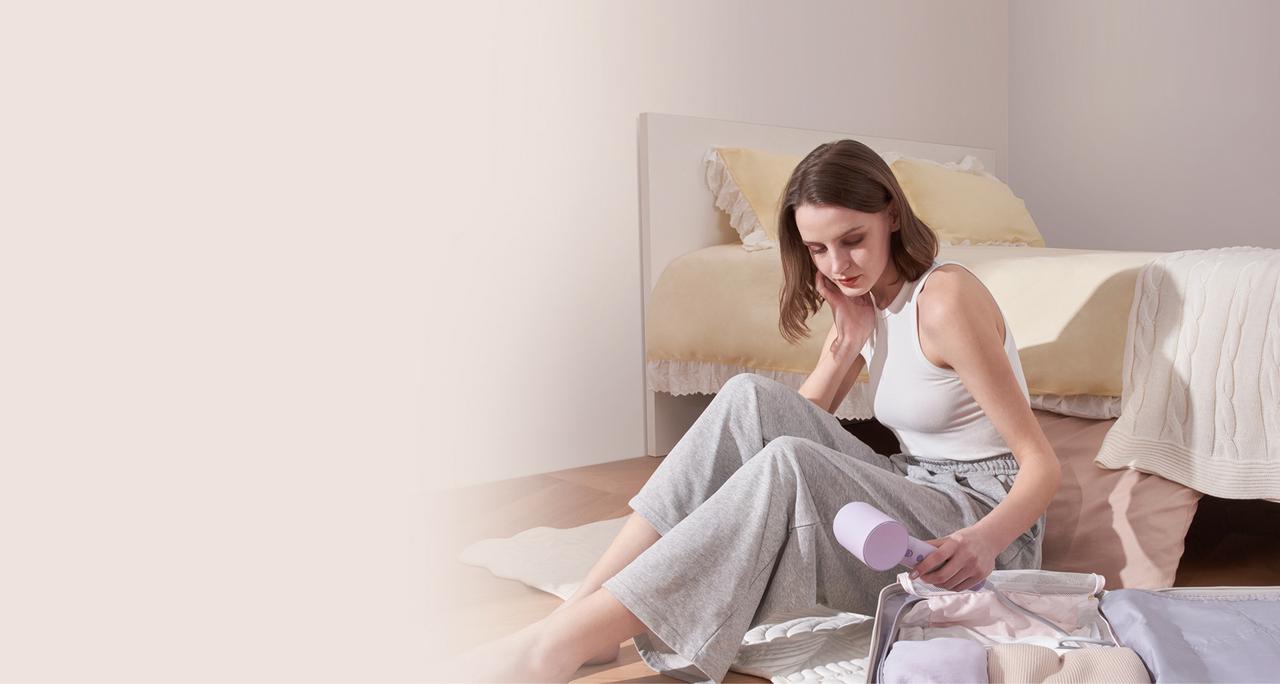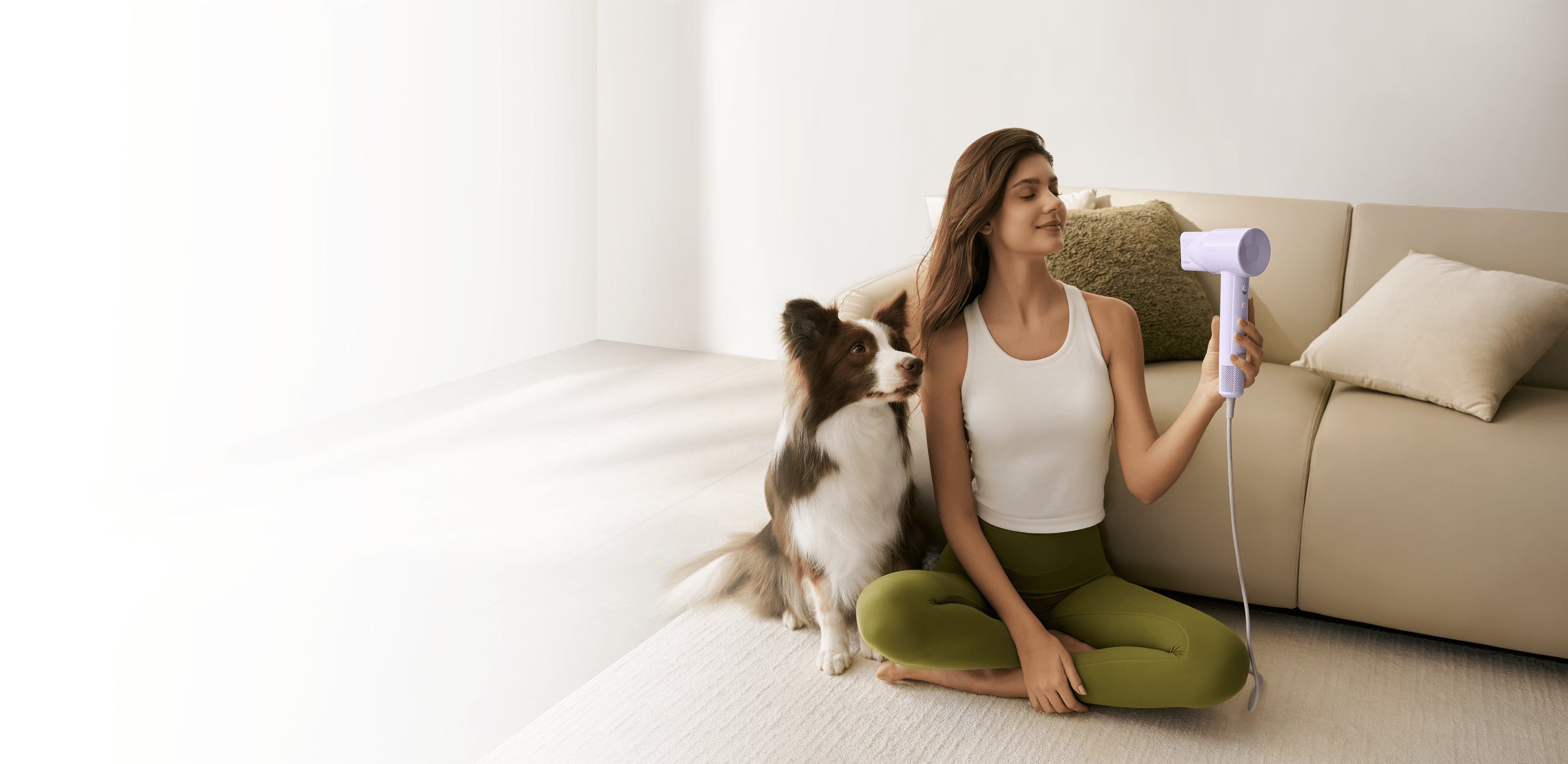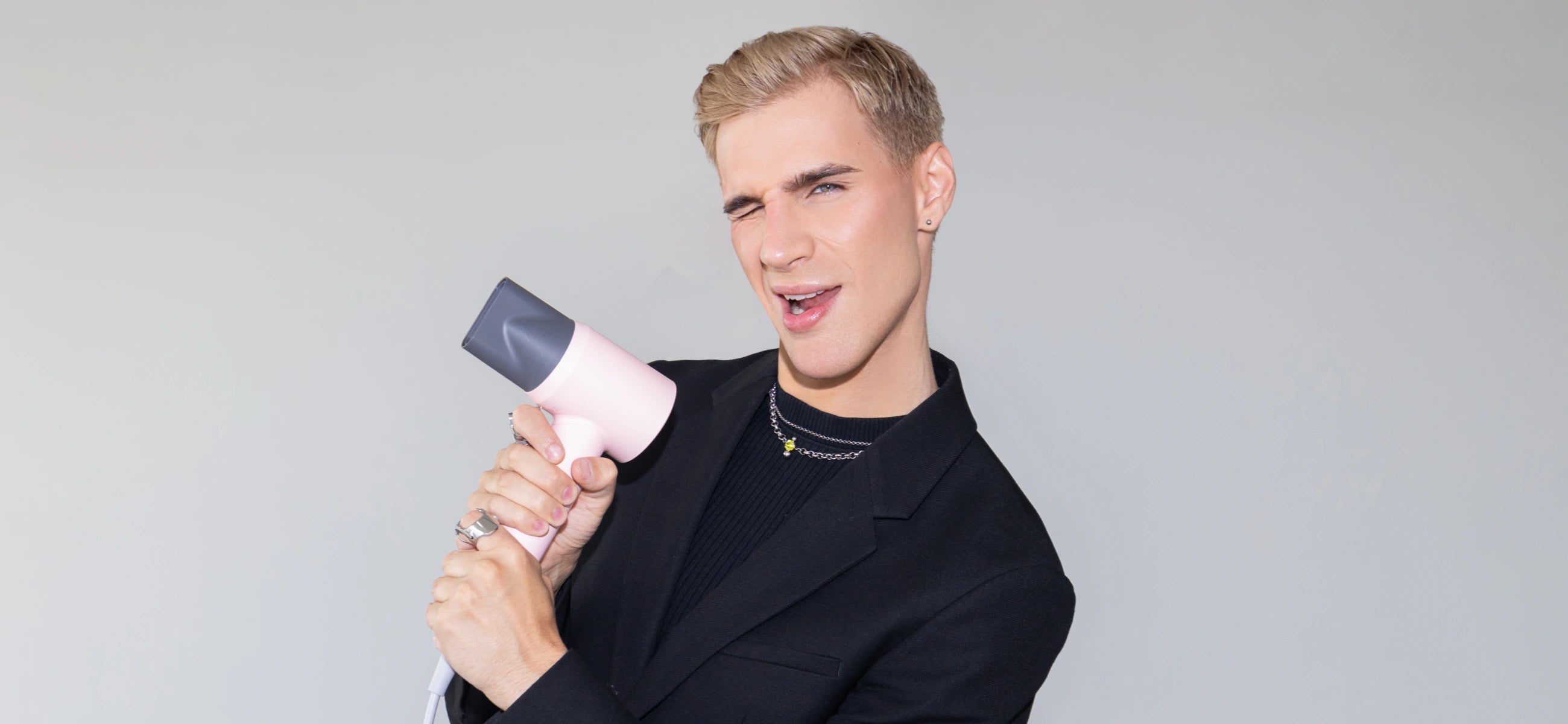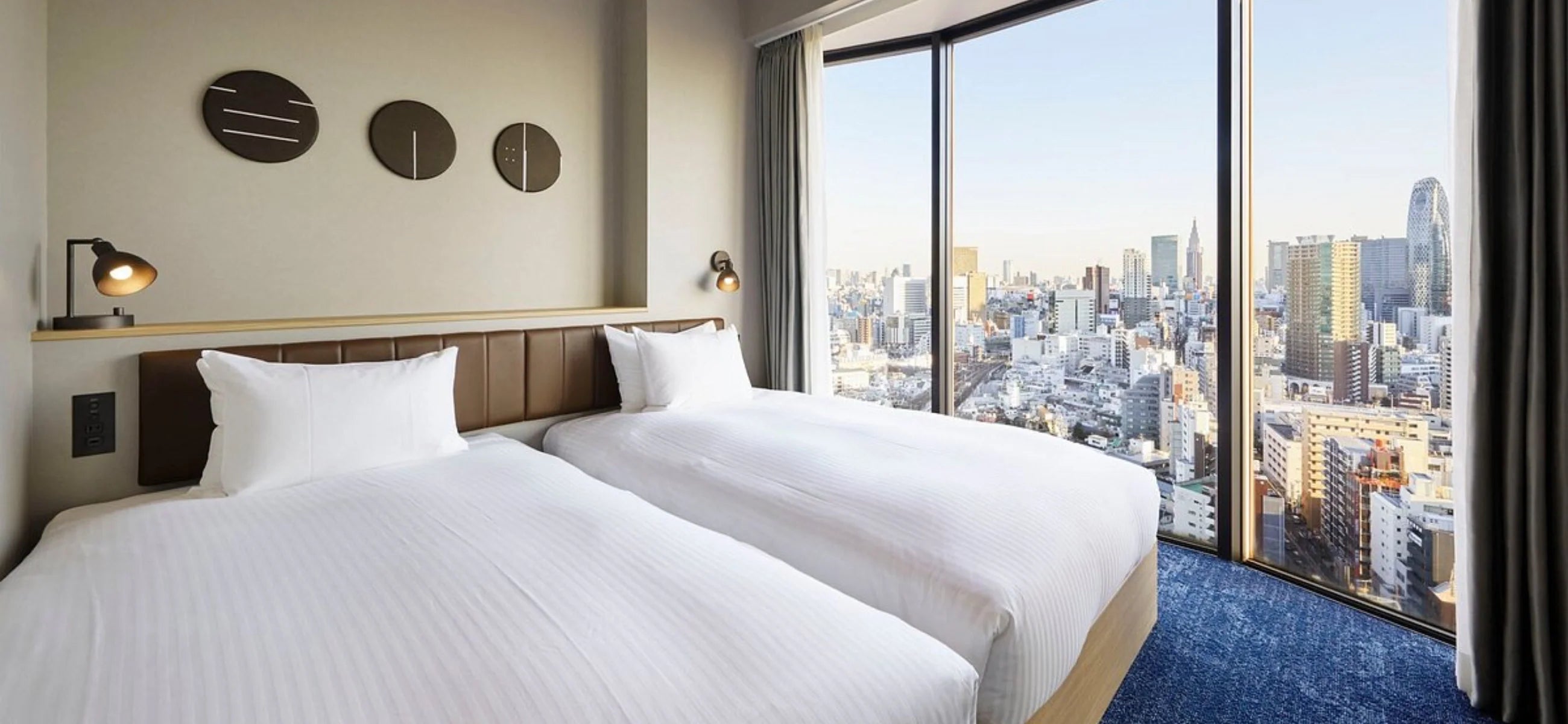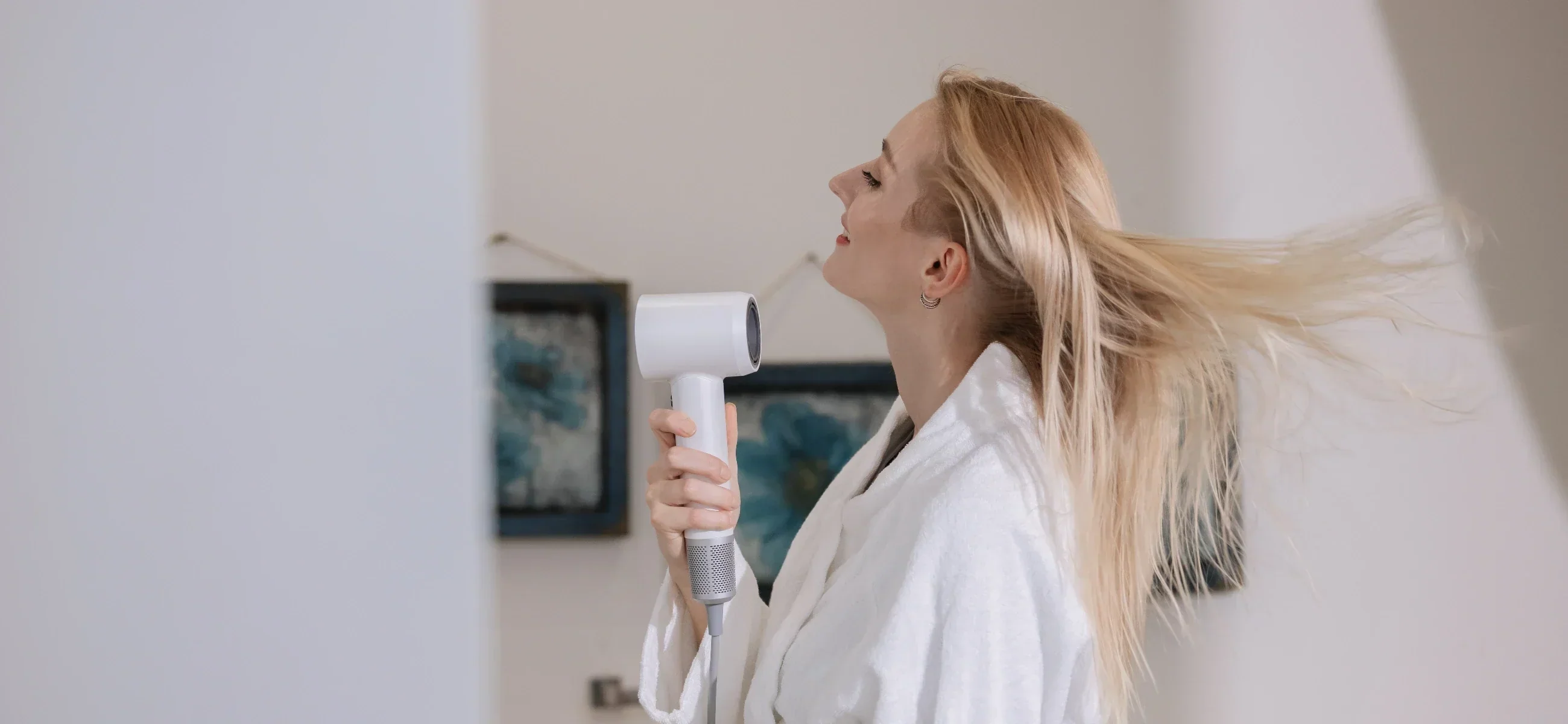
In this article
Looking to amp up the volume of your straight hair? The debate between air drying and blow drying for maximum volume is a common dilemma. In this comprehensive guide, we'll explore techniques for achieving voluminous straight hair.
Learn how to master the art of blow drying for added volume and body, as well as tips for air drying straight hair without frizz and heat damage. By the end, you'll have all the knowledge you need to make the right choice for your hair type and styling preferences. Let's dive in and uncover the secrets to voluminous locks!
How to blow dry straight hair for volume
Blow drying straight hair for volume can be achieved with the right techniques and products. With practice and the right techniques, you can achieve beautiful, voluminous hair with a blow dryer. Here's a step-by-step guide:
Step 1. Clean and towel-dry your hair
After washing your hair, towel-dry it to remove excess water. Your hair should be damp, not dripping wet.
Step 2. Add a volumizing product
Use a volumizing mousse, root lifter, or volumizing spray to add texture and lift to your hair. Apply the product evenly throughout your hair, focusing on the roots for extra lift.
Step 3. Section hair
Divide your hair into sections using clips or hair ties. This will make it easier to manage and ensure that each section gets thoroughly dried.
Step 4. Use a round brush

Choose a round brush with a large barrel. Starting from the roots, wrap a section of hair around the brush and aim the dryer nozzle downward to smooth the cuticle and add volume. Pull the brush through the hair while simultaneously directing the airflow from the dryer down the hair shaft. Repeat this process for each section of hair.
Step 5. Focus on the roots
To maximize volume, focus the dryer on the roots of your hair. Lift sections of hair at the roots and aim the dryer nozzle upward to lift and add volume.
Step 6. Cool shot

Once each section is dry, switch the dryer to the cool setting and give your hair a blast of cool air. This helps set the style and adds extra volume.
Optional: Tease for extra volume
If you want even more volume, gently backcomb the roots of your hair using a fine-tooth comb or a teasing brush. Be careful not to overdo it, as this can cause damage to your hair. In the following, we will dive into the steps to air dry straight hair. Choose it depends on your needs.
How to air dry straight hair without frizz
Air drying straight hair without frizz can be achieved with the right techniques and products. By following these steps and using the right products, you can air dry your straight hair without frizz and achieve a smooth, sleek finish. Here's a step-by-step guide:
Step 1. Apply a leave-in conditioner or smoothing serum
While your hair is still damp, apply a small amount of leave-in conditioner or smoothing serum to help seal the cuticle and prevent frizz. Focus on the mid-lengths and ends of your hair, avoiding the roots to prevent greasiness.
Step 2. Towel dry
Use a microfiber towel or an old t-shirt to gently squeeze excess water from your hair. Avoid rubbing your hair with a towel, as this can rough up the cuticle and cause frizz.
Step 3. Detangle with a wide-tooth comb
Use a wide-tooth comb to gently detangle your hair, starting from the ends and working your way up to the roots. This will help prevent breakage and minimize frizz.
Step 4. Part your hair
If you have a preferred part, gently part your hair in the desired direction while it's still damp. This will help your hair dry in the desired style.
Step 5. Air dry naturally
Allow your hair to air dry naturally without disturbing it too much. Avoid touching or tousling your hair too often, as this can disrupt the natural drying process and cause frizz.
Step 6. Use a satin or silk pillowcase
If you're air drying your hair overnight, consider using a satin or silk pillowcase. These materials are gentler on your hair and help prevent friction and frizz while you sleep.
Step 7. Avoid heat styling
If possible, avoid using heat styling tools like blow dryers, flat irons, and curling irons, as these can strip moisture from your hair and cause frizz. Embrace your natural texture and allow your hair to dry without additional heat.
How to blow out hair without frizz?
This quick guide will walk you through the only steps that really matter when it comes to getting that smooth finish. And you need to prepare: Towel, heat protectant, hair dryer with a concentrator nozzle, and serum.
Step 1. Start with damp, not soaked, hair
Towel-dry with no rubbing! Let your hair air dry about 60–70% before blow drying. Blasting soaking wet strands invites frizz, so start when your hair is damp but not dripping.
Step 2. Grab a hair dryer with a concentrator nozzle
Attach that concentrator nozzle to your hair dryer(you can try our Laifen SE High-Speed Ionic Hair Dryer), which directs airflow for a smoother finish. Always point the nozzle down the hair shaft to seal the cuticle flat.
Step 3. Keep that air moving but controlled
Don’t hover in one spot too long. Constant motion prevents heat overload. Use medium heat for control and finish each section with a blast of cool air to lock in shine and smoothness.
Step 4. Seal the deal with a drop of serum
Once you’re done, smooth a tiny amount of anti-frizz serum or lightweight oil through the ends. This locks out humidity and keeps everything sleek and in place.
Choosing the best hair dryer for straight hair

If your current hair dryer leaves you with limp locks or frizz that won’t quit, it’s time for an upgrade. Enter the Laifen SE: designed for straight hair, built for frizz-free, voluminous results.
Why the right dryer makes all the difference
Straight hair often struggles with two things: frizz and flatness. A good hair dryer tackles both by:
-
Boosting volume at the roots
-
Smoothing the cuticle to eliminate frizz
-
Protecting from heat damage with precise temperature control
And the Laifen SE nails all three:
Here’s why the Laifen SE is a straight-hair essential:
-
Its high-speed motor delivers powerful airflow that dries hair fast without frying it.
-
Built-in ionic technology means smoother strands and that glossy, just-left-the-salon look.
-
Want volume at the crown or a glass-like finish? The concentrator nozzle gives you full control.
-
Style longer without the wrist strain. The Laifen SE feels as good in your hand as it looks in your vanity.
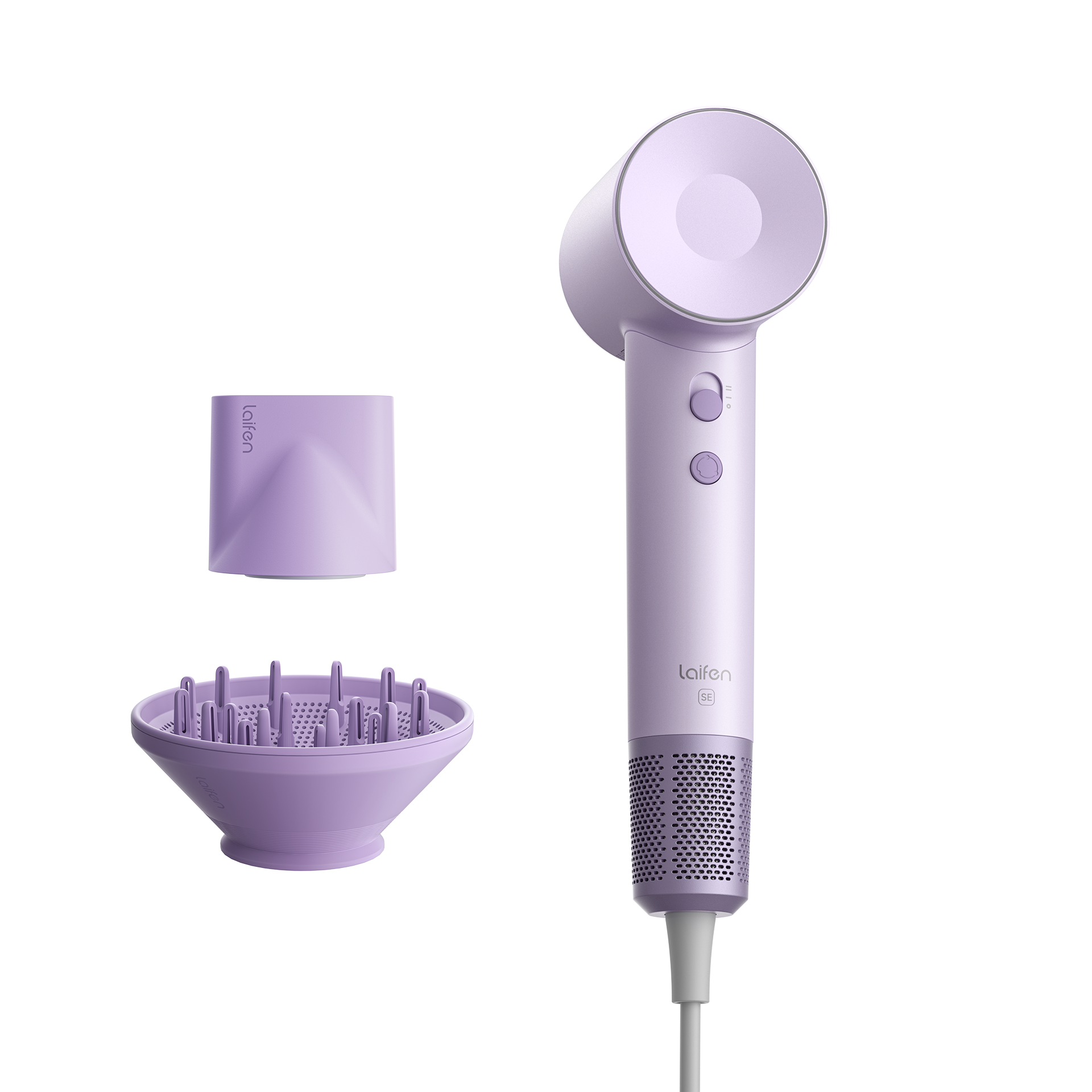
Conclusion
In conclusion, when it comes to achieving voluminous straight hair, whether to air dry or blow dry depends on your personal preferences and lifestyle. Both methods offer their own set of benefits and can be effective when done correctly.
Blow drying straight hair can provide instant volume and body, especially when using the right techniques and products. By following the step-by-step guide provided, you can achieve beautiful, voluminous hair with a blow dryer. Remember to use a heat protectant spray, focus on the roots, and finish with a volumizing hairspray for maximum impact.
FAQs
Q1: How to blow dry long straight hair?
You have to use a heat protectant spray and a volumizing product if desired. Then, use a round brush and a blow dryer with a concentrator nozzle. Working in sections, aim the dryer downward while brushing through the hair, focusing on the roots for lift.
Q2: How to add volume to dry straight hair?
To add volume to dry straight hair, start by applying a volumizing mousse or spray to the roots. Use a round brush while blow drying to lift the hair at the roots. Alternatively, tease the roots gently with a comb or brush.
Q3: How to air dry fine straight hair?
To air dry fine straight hair, start with clean, towel-dried hair. Apply a leave-in conditioner or smoothing serum to prevent frizz. Comb through the hair and part it as desired. Allow the hair to air dry naturally without touching or tousling it too much to prevent frizz and maintain a sleek look.
Q4: How long does it take to dry hair?
The time it takes to dry hair can vary depending on factors such as hair length, thickness, and texture, as well as the method used (air drying vs. blow drying). On average, air drying can take anywhere from 30 minutes to several hours, while blow drying typically takes around 15-30 minutes.
Q5: What is the differences between air dry and blow dry?
The main differences between air drying and blow drying are the method and the time it takes to dry the hair. Air drying involves allowing the hair to dry naturally without the use of heat, while blow drying uses hot air from a blow dryer to speed up the drying process.

